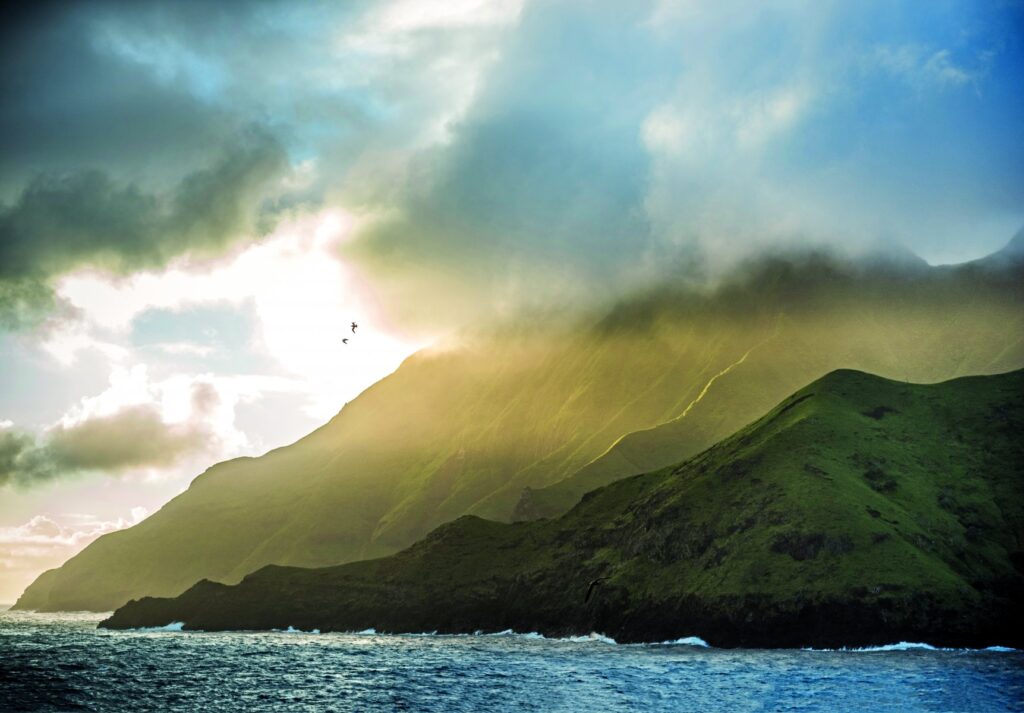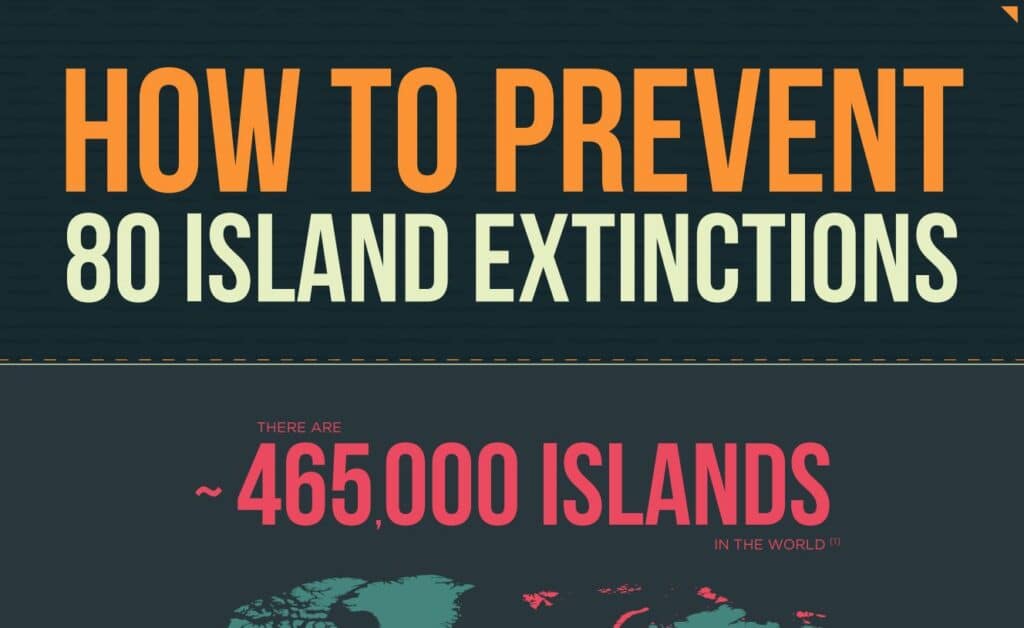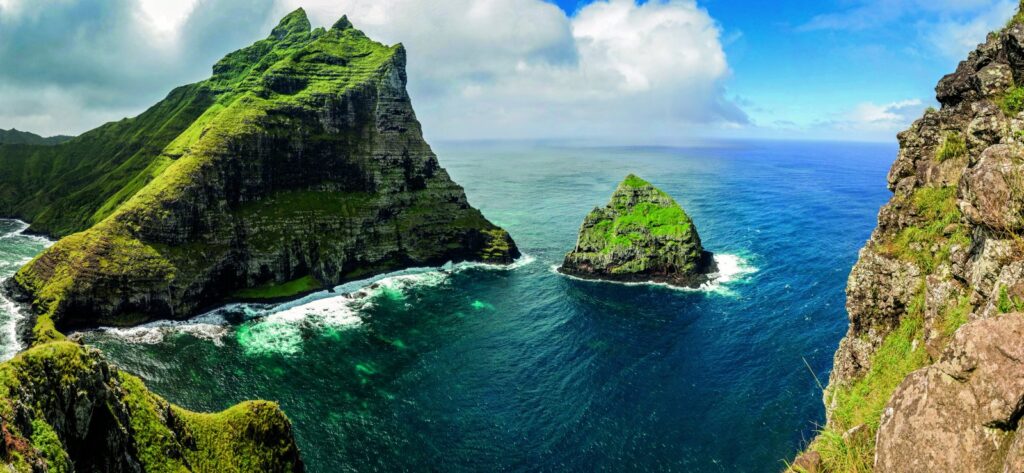Make a donation
Our evidence-backed approach ensures your money will always go where it’s needed most.
As a global Partnership, we believe in internationalism. We have translated as much content in your language as our resources allow. Please visit the English language site to view all of our content.

BirdLife’s ambitious island restoration work addresses this outsized impact on extinctions integrating the species, sites and society pillars of its new strategy. Working with local BirdLife partners and local communities around the globe, in the Pacific, off Latin America, or the California coast for example, we help restore island ecosystems by eradicating invasive alien species. The work improves livelihoods, food security, health and wellbeing.
‘No Man is an Island’
No man is an island entire of itself; every man
is a piece of the continent, a part of the main;
if a clod be washed away by the sea, Europe
is the less, as well as if a promontory were, as
well as any manner of thy friends or of thine
own were; any man’s death diminishes me,
because I am involved in mankind.
And therefore never send to know for whom the bell tolls; it tolls for thee.
John Donne (22 January 1572 – 31 March 1631)
And so it is with islands themselves – no island is just an island, some lonely isolated outpost immune to influences from the outside world.
In fact, perhaps unexpectedly, islands are epicentres for extinction: although they comprise only 5.3% of the earth’s land surface, they are the location of 90% of all bird species extinctions since 1500. Invasive species were the major driver of 46% of these extinctions. Cats, rats, goats and pigs among the top threats: introduced by humans either accidentally or deliberately, they continue to have a profound impact on ecosystems. Today, almost three-quarters of threatened birds on islands are impacted by invasive species.
BirdLife’s ambitious island restoration work addresses this outsized impact on extinctions by working with species, sites and society. Collaborating with national BirdLife partners and local communities around the globe, from the Pacific to Latin America or the California coast, we help restore island ecosystems by eradicating invasive alien species. This work improves livelihoods, food security, health and wellbeing.
One such example is the little jewel called Rapa Iti. About four million years ago, midway between South America and Australia, a volcano erupted beneath the vast expanse of the Pacific Ocean, bringing into existence the beginnings of a unique new world, a four-thousand-hectare island, Rapa Iti (“little Rapa”, named to distinguish it from the distant, larger Rapa Nui or Easter Island).


Despite such isolation, nature flourished, and Rapa is famed for its unique native species: three taxa of rare bird, 31% of plants, hundreds of invertebrates (including 68 weevil species), plus some fish, can be found nowhere else in the world.
Once, clouds of seabirds were said to have blocked out the sun, but, as is the case on many Pacific islands, humans brought with them rats and other invasive mammals, leaving them unchecked to wreak havoc on the evolutionarily unprepared and defenceless native flora and fauna. Sadly, less than 5% of native forest cover remains today, while the island’s bird species are a few rat attacks away from oblivion. So BirdLife has launched an urgent project leading the counter-attack against invasive species to save the “little planet” of Rapa Iti. Dena Cator, BirdLife’s Global Conservation Policy Coordinator says, ‘Invasive alien species are one of the main causes of biodiversity loss across the globe’. And as for the birds and other native flora and fauna so threatened, “We can’t let these be species of tragic posthumous fame”, says Steve Cranwell, BirdLife’s Invasive Alien Species Programme Manager.
Our evidence-backed approach ensures your money will always go where it’s needed most.
Join a worldwide community of people who care about birds and conservation, and help to make a real difference.